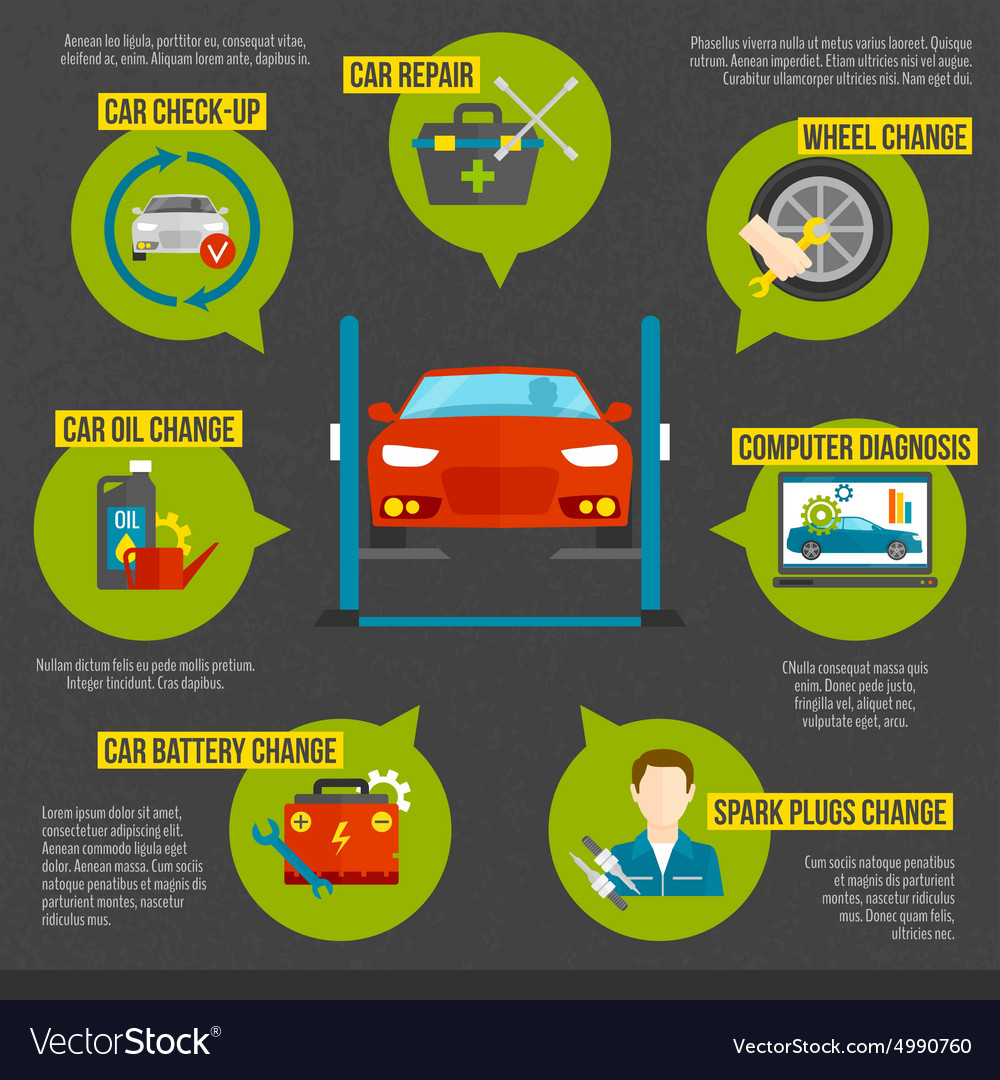Eager To Understand What The Control Panel Warning Lights In Your Vehicle Symbolize? Explore Their Definitions For The Well-Being And Safety And Security Of Your Automobile
Eager To Understand What The Control Panel Warning Lights In Your Vehicle Symbolize? Explore Their Definitions For The Well-Being And Safety And Security Of Your Automobile
Blog Article
Written By-Lim Alvarado
When you're behind the wheel, those radiant caution lights on your dashboard can be a little bit puzzling. Do you understand what they're attempting to inform you concerning your automobile's health and wellness? Understanding the value of these lights is vital for your safety and the durability of your vehicle. So, the next time one of those lights turns up, would not you intend to decipher its message properly and take the necessary steps to resolve it?
Common Warning Lighting and Interpretations
Determine usual caution lights in your automobile and understand their meanings to make sure risk-free driving.
One of the most regular caution lights consist of the check engine light, which indicates concerns with the engine or discharges system. If this light comes on, it's important to have your car checked promptly.
The oil pressure cautioning light shows reduced oil pressure, requiring prompt interest to prevent engine damages.
A blinking battery light might suggest a defective charging system, potentially leaving you stranded if not attended to.
The tire pressure surveillance system (TPMS) light alerts you to reduced tire pressure, affecting automobile stability and fuel efficiency. Ignoring this could lead to dangerous driving conditions.
The abdominal light shows an issue with the anti-lock braking system, compromising your capacity to quit rapidly in emergency situations.
Last but not least, the coolant temperature level warning light warns of engine getting too hot, which can result in severe damage otherwise solved promptly.
Recognizing these typical caution lights will certainly help you address concerns without delay and maintain secure driving problems.
Value of Prompt Attention
Comprehending the common warning lights in your auto is just the initial step; the relevance of immediately attending to these cautions can't be highlighted enough to ensure your security on the road.
When a caution light illuminates on your dashboard, it's your car's way of connecting a prospective concern that requires interest. Neglecting these warnings can result in more extreme problems down the road, compromising your security and possibly costing you much more in repairs.
Trigger interest to warning lights can stop malfunctions and mishaps. As an example, a flashing check engine light can suggest a misfire that, if left unattended, might cause damages to the catalytic converter. Resolving ocd detailing nz without delay can save you from an expensive fixing.
Similarly, a brake system warning light may indicate low brake fluid or worn brake pads, essential elements for your security when driving.
Do It Yourself Troubleshooting Tips
If you notice a warning light on your control panel, there are a few DIY fixing pointers you can try before seeking expert aid.
The initial step is to consult your auto's handbook to recognize what the particular warning light shows. In some cases the concern can be as basic as a loosened gas cap setting off the check engine light. Tightening up the gas cap may solve the trouble.
One more typical issue is a reduced battery, which can activate various warning lights. Examining https://eduardoyofvl.fare-blog.com/31330866/wish-to-locate-the-most-trusted-vehicle-service-center-in-your-locality-testimonial-the-top-10-suggestions-that-will-certainly-sustain-you-in-making-a-sound-choice for deterioration and ensuring they're secure might deal with the trouble.
If a caution light continues, you can attempt resetting it by separating the automobile's battery for a few minutes and after that reconnecting it. In simply click the following post , checking your vehicle's liquid levels, such as oil, coolant, and brake fluid, can aid repair warning lights associated with these systems.
Final thought
Finally, comprehending your vehicle's caution lights is essential for maintaining your car running smoothly and safely. By promptly resolving these notifies and recognizing what they imply, you can avoid costly fixings and potential malfunctions.
Remember to consult your auto's guidebook for certain details on each cautioning light and act appropriately to make certain a hassle-free driving experience.
Remain informed, stay safe on the road!
